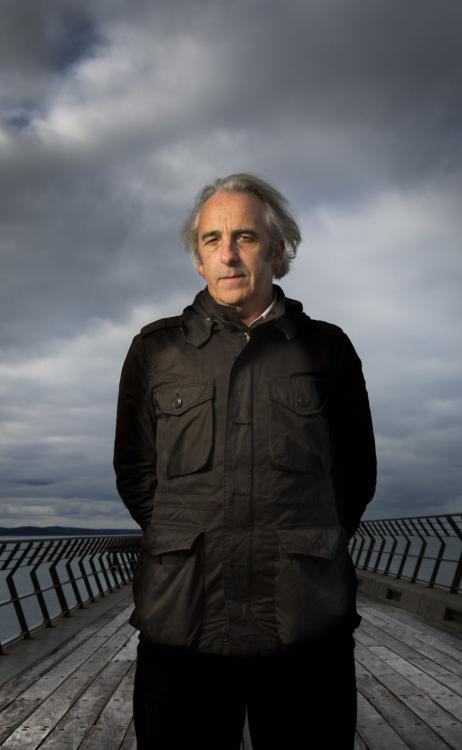Rhinoceros

Zinnie Harris’s adaptation of Eugène Ionesco’s Rhinoceros, in this Spinning Plates production at fortyfivedownstairs, opens on a sombre wasteland setting, bathed in eerie yellow light. In a sudden blaze of colour, a raucous rabble of ordinary characters, rendered extraordinary by Dann Barber’s bold and anarchic costumes, invades the stage. The energy is starkly at odds with Jacob Battista and Dann Barber’s superbly contained and claustrophobic staging. From this heightened theatrical world – part pantomime, part circus – we brace for a wild ride.
Continue reading for only $10 per month. Subscribe and gain full access to Australian Book Review. Already a subscriber? Sign in. If you need assistance, feel free to contact us.















Leave a comment
If you are an ABR subscriber, you will need to sign in to post a comment.
If you have forgotten your sign in details, or if you receive an error message when trying to submit your comment, please email your comment (and the name of the article to which it relates) to ABR Comments. We will review your comment and, subject to approval, we will post it under your name.
Please note that all comments must be approved by ABR and comply with our Terms & Conditions.